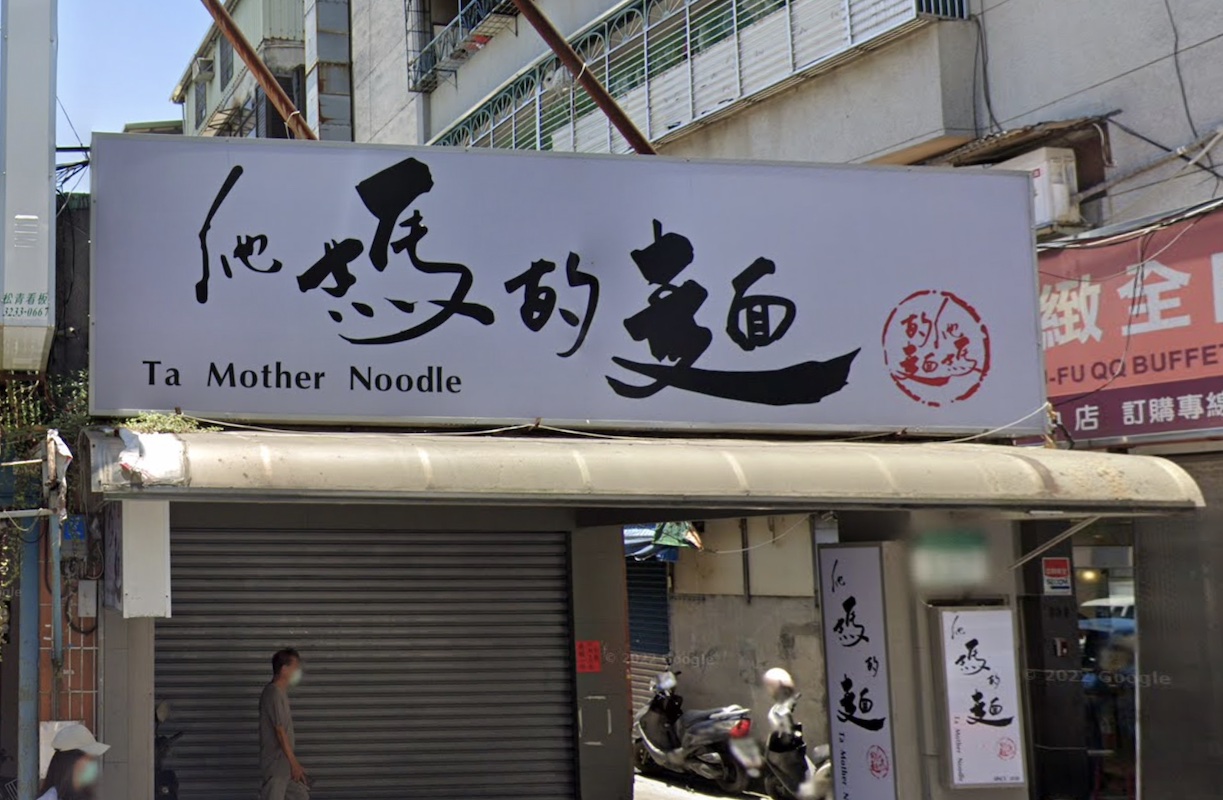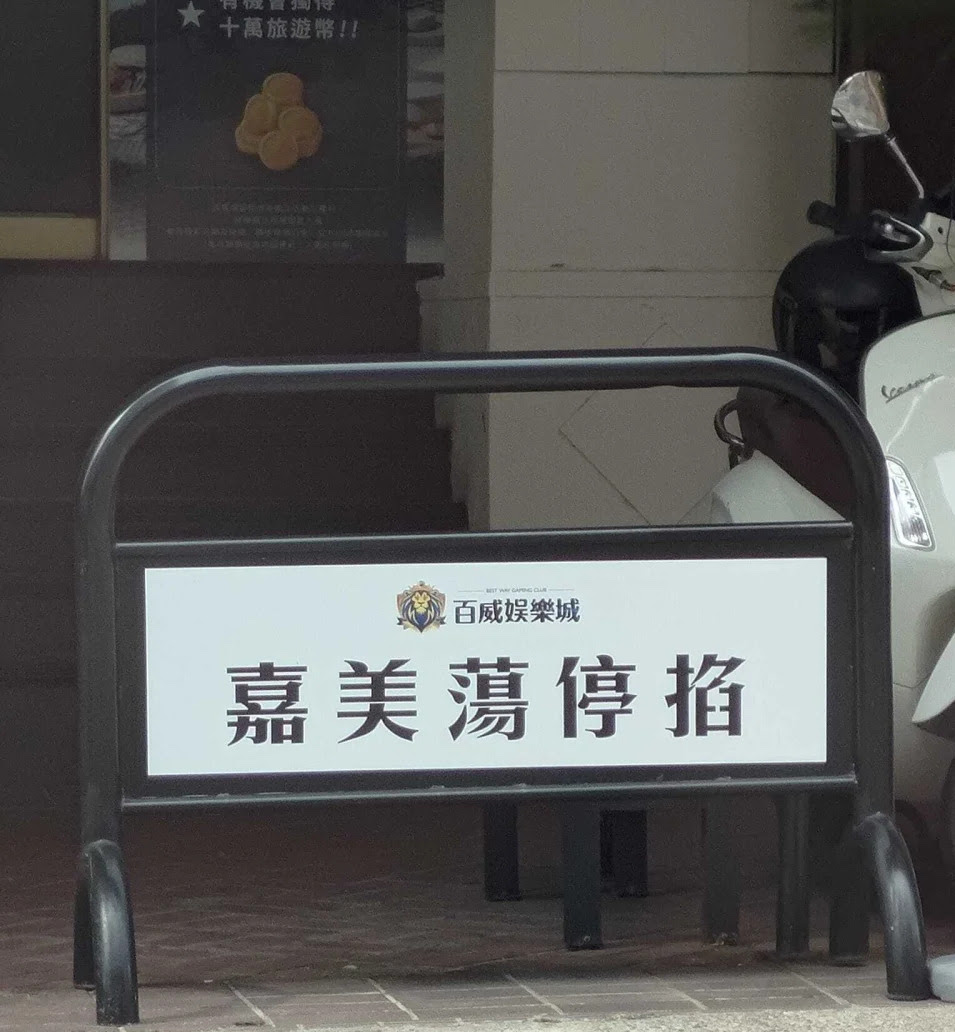Really weird sinographs, part 4: hyena
In "LOL, ROTFL, IJBO" (11/2/23), all the talk of laughter made me think of the epitome of that particular animal behavior, the hyena. Of all creatures on earth, the hyena is one of the most curious. Can you imagine going through life laughing at everything, especially when life is so full of tragedy?
Listen: here, here, here, and there are many other videos and audios of laughing hyenas online.
Hyenas are not members of the dog or cat families. Instead, they are so unique that they have a family all their own, Hyaenidae. There are four members of the Hyaenidae family: the striped hyena, the “giggly” spotted hyena, the brown hyena, and the aardwolf (it's a hyena, not a wolf).
(San Diego Zoo Wildlife Alliance)
Read the rest of this entry »




